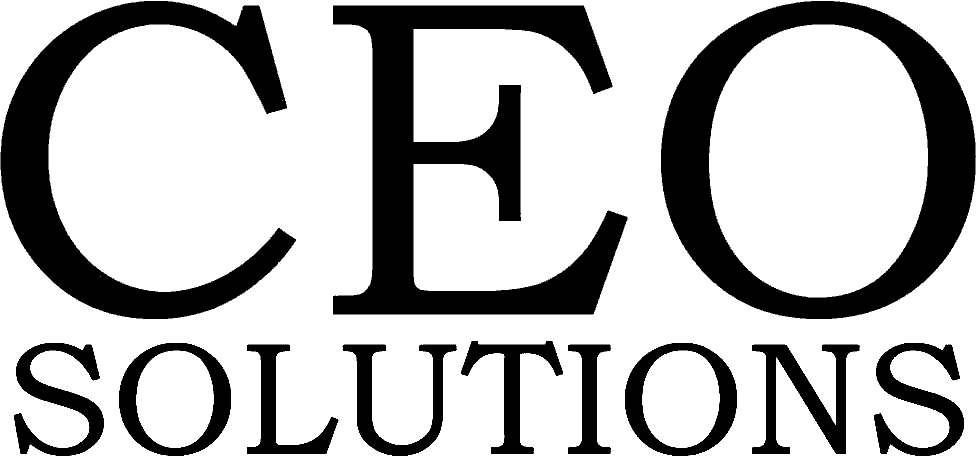Do you know your team’s weakness? What makes your company weak compared to other companies? If you don’t have an answer to either of these questions, it’s time to rethink. That’s the premise behind Lisa Bodell’s exercise “Kill the Company” in her aptly named Kill The Company: End the Status Quo, Start an Innovation Revolution. The book may have come out in 2012, but the “Kill the Company” strategy is still an effective one.
Many times, when we’re asked to name our strengths and weaknesses, we’re hesitant to point out our weaknesses. Instead we name things the team could maybe work on. The exercise isn’t taken seriously. And because it isn’t taken seriously, those true weaknesses within a company are never improved upon. Those same weaknesses can be easily preyed upon by your competitors. That’s why you need to practice the “Kill the Company” exercise.
The “Kill the Company” exercise consists of looking from the outside in. Pretend to be your competitor. How would you see your company? Where are you truly weak and struggling as a company? You have to take yourself out of the equation so that you can determine how to fix your weaknesses, who to partner with, and how to target your competitors. Essentially, you need to flip the script on your business and evaluate all the ways in which competitors could see your team or company as weak. It’s an effective strategy because it helps you gain on your competition.
Some of the biggest weaknesses within companies are failure to take risks, complacent culture, and failure to innovate. If you want your team to take risks, but you hold them back, how can you expect your company to be viewed as innovative? The biggest mistake you can make is being complacent. If you’re content where you are, you won’t grow as a company. While you’re happy staying the same—not getting weaker or stronger—other companies are busy sneaking up on you.
Corporate change certainly is not easy, but not changing is a bigger problem. Identify your weaknesses, then strategize about how to fix them and how to implement change. Instead of implementing change from the top down, Bodell recommends starting from the middle out. Change doesn’t necessarily have to be a huge change all at once; it’s more important to make consistent, lasting changes. Start with small changes, and do them every day. Even if your weaknesses don’t improve immediately, hold strong. Persevere and implement a new strategy for positive change. Find your weakness before someone else kills your company.
If you like these concepts, be sure to pick up Bodell’s book!



